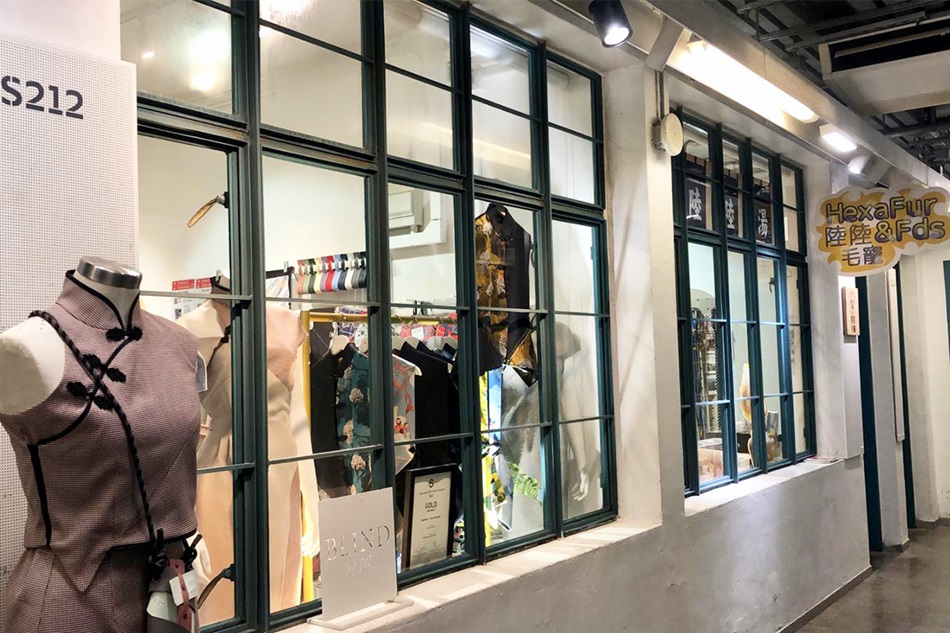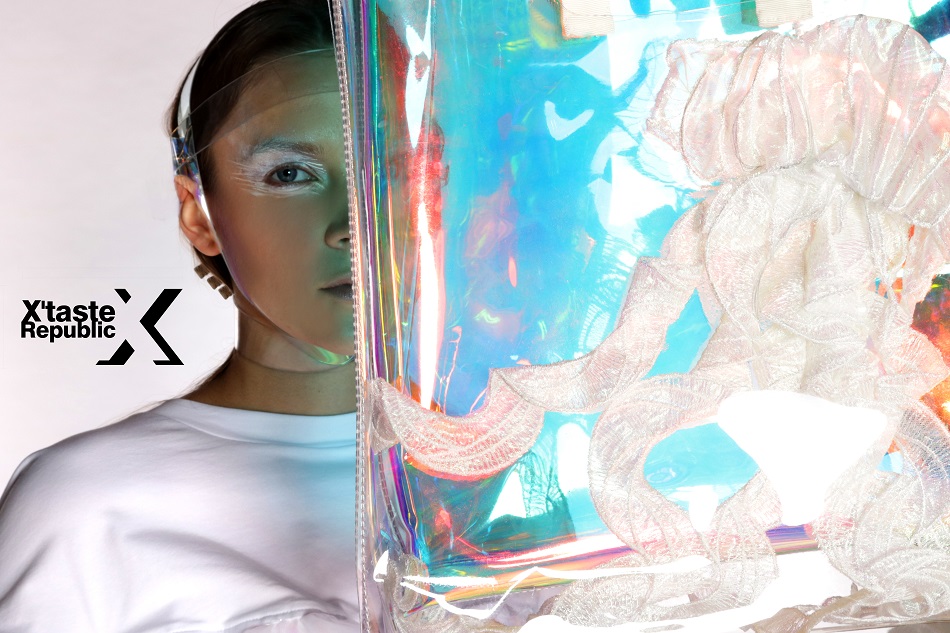Design Feature #67
Akiko Sekimoto – Design, a matter of happiness
Akiko Sekimoto
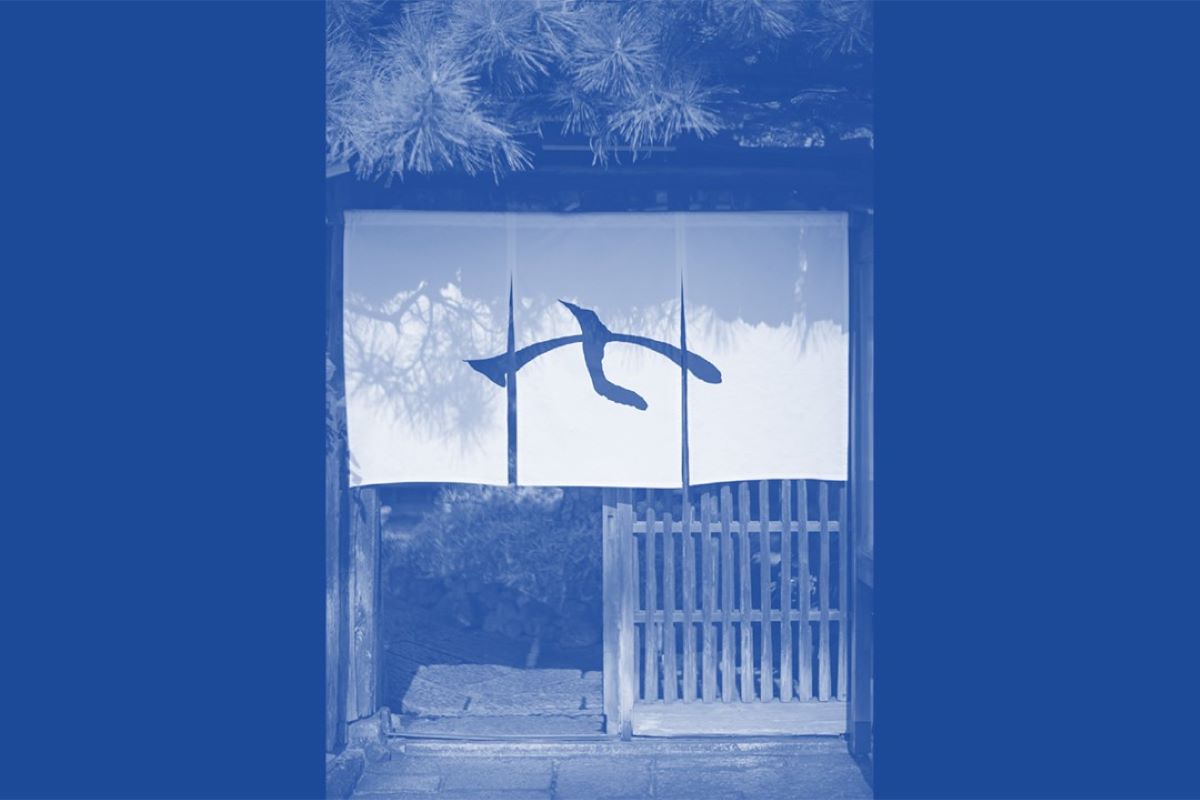
Text: Yau Shun Yu
Photo coustesy of the interviewee
When we talk about happiness, it may carry unprecedented urgency today. In an era of pervasive artificial intelligence and social media, the ability to pass on and experience happiness is humanity’s final defence against becoming slaves to machinery. Living in such an era, Japanese designer, Akiko Sekimoto’s approach to design mirrors the crisp clarity of her signature short haircut—direct and luminous:
"Design evolves alongside technological progress. As the speed and efficiency of problem-solving rapidly improve, the future will no longer need designers who only execute instructions. To survive as designers and produce exceptional work, we must cultivate more unique expression, thinking, and communication skills. In other words, more distinctly artistic abilities." Sekimoto said.
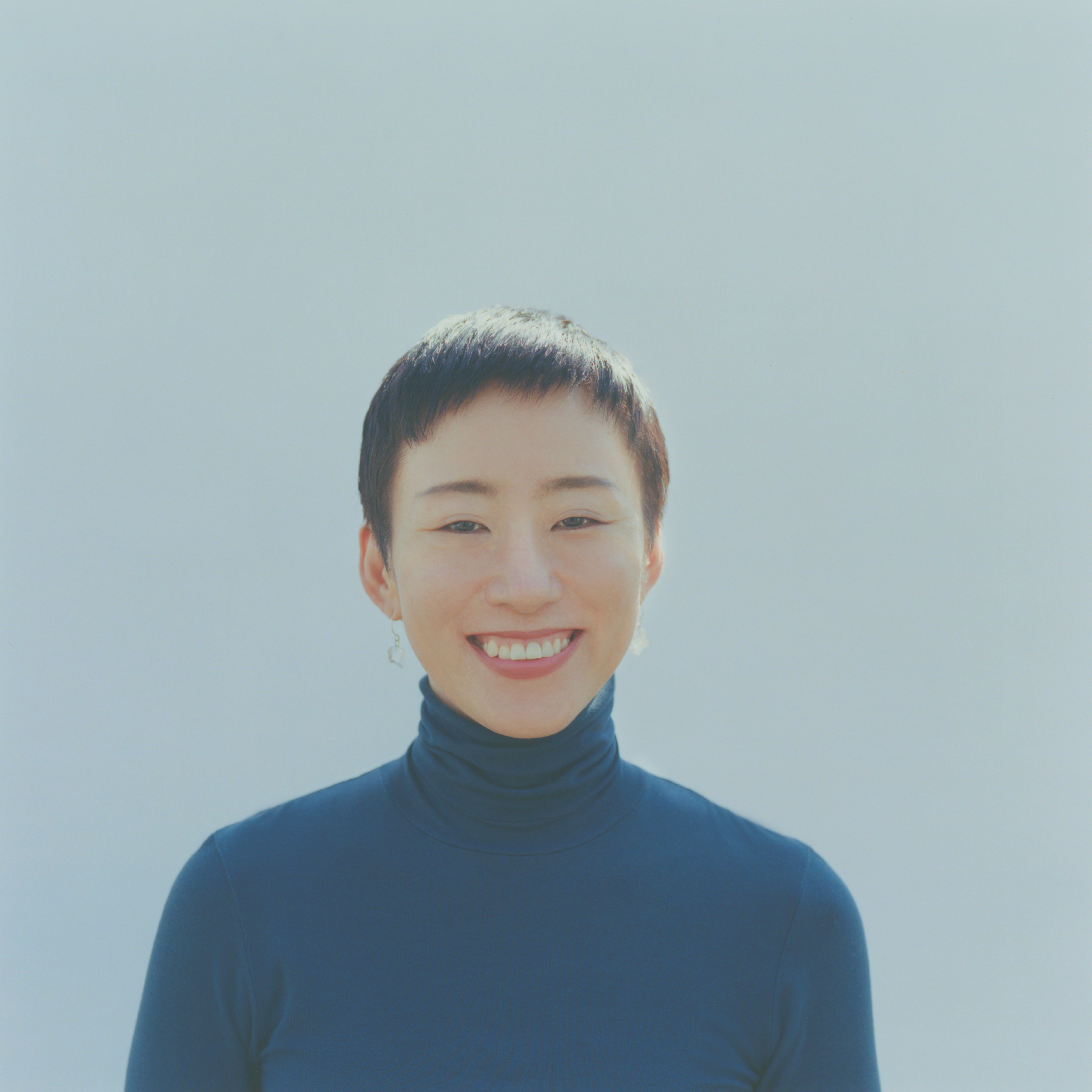
The Translation of Happiness
For a chair designed for comfort, which also fills a room with joy, a layout that conveys messages with precision, a packaging that protects the product, also bringing a smile to the customers, in each of these considerations, designers grapple with the fundamental question: What is happiness?
"Graphic design is no different than doing translation. It clarifies and communicates ideas and necessary information through visual expression. I wish to identify elusive 'challenges' and solve them using visuals, aiding those in need, or bringing happiness to a stranger I may never meet."
Such a humane philosophy influences Sekimoto’s work. For instance, for the design of the lemon cake specialty shop Lemon no Ki, she travelled to the countryside to study the raw essence of lemon trees—their untamed, rugged sharpness, which later merged with the brand’s identity, inspiring the logo and packaging design.
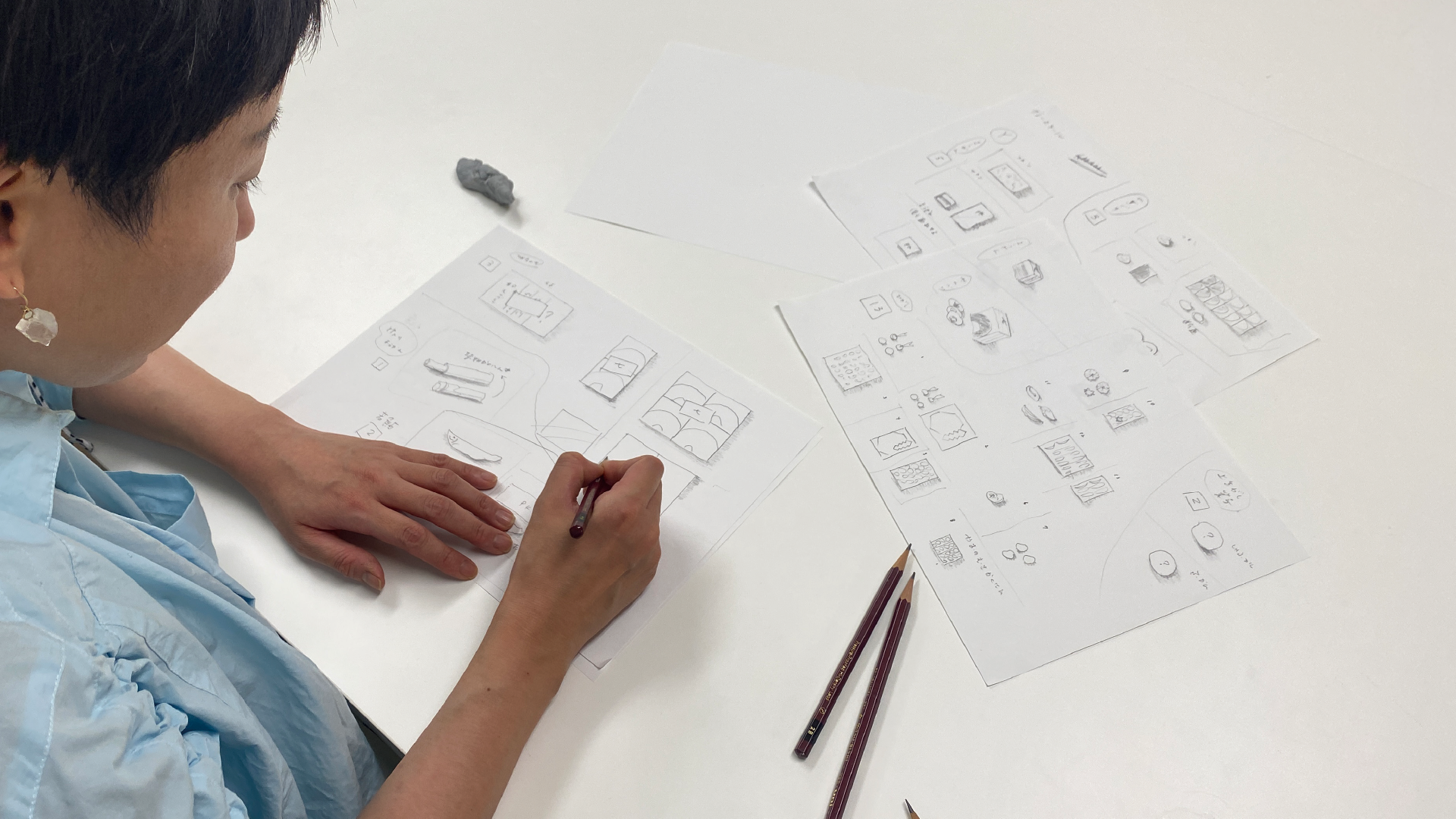
Unearthing Tradition, Embracing Modernity
"To develop designs that endure and remain beloved" is Sekimoto’s motto. For her, every project demands thoroughly exploring its subject and theme. The emotions experienced during this process serve as the foundation for her creative concepts, and sometimes, this exploration takes her back to Japan’s traditional roots.
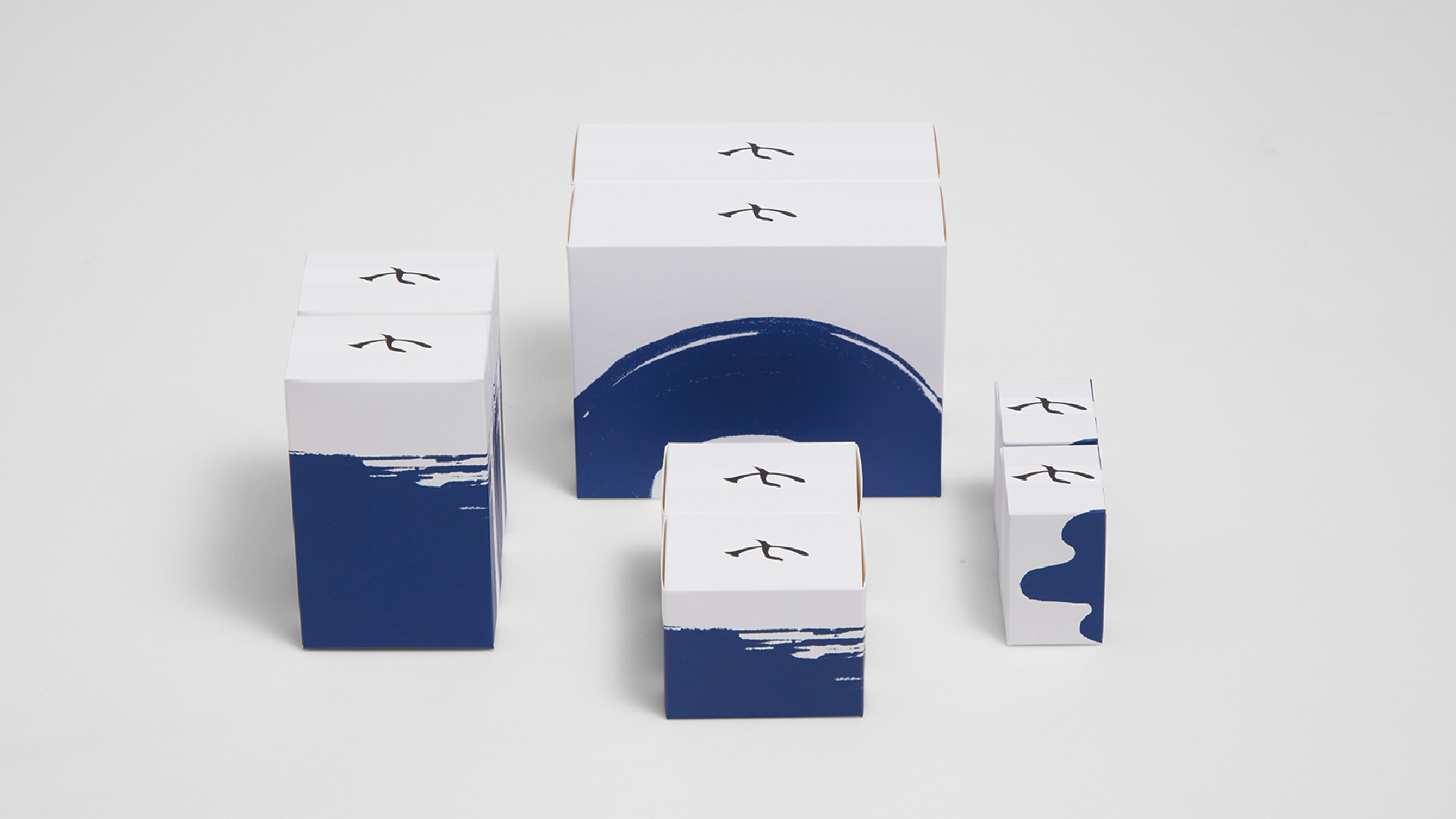
She did brand work for Shichijo Kanshundo, a century-old Kyoto Wagashi (traditional confectionery) shop, which exemplifies this approach. The design centres on the character "七" (seven), hand-calligraphed by master calligrapher Hibiki Terashima, surrounded by bold graphic patterns inspired by Wagashi motifs—a striking fusion of tradition and modernity. The concept emerged from her research into Wagashi designs from the Momoyama period, where she discovered surprising parallels with contemporary graphic design: the abstraction of forms through colour and line, the use of floral patterns in painting, and various techniques that later informed the brand’s packaging.
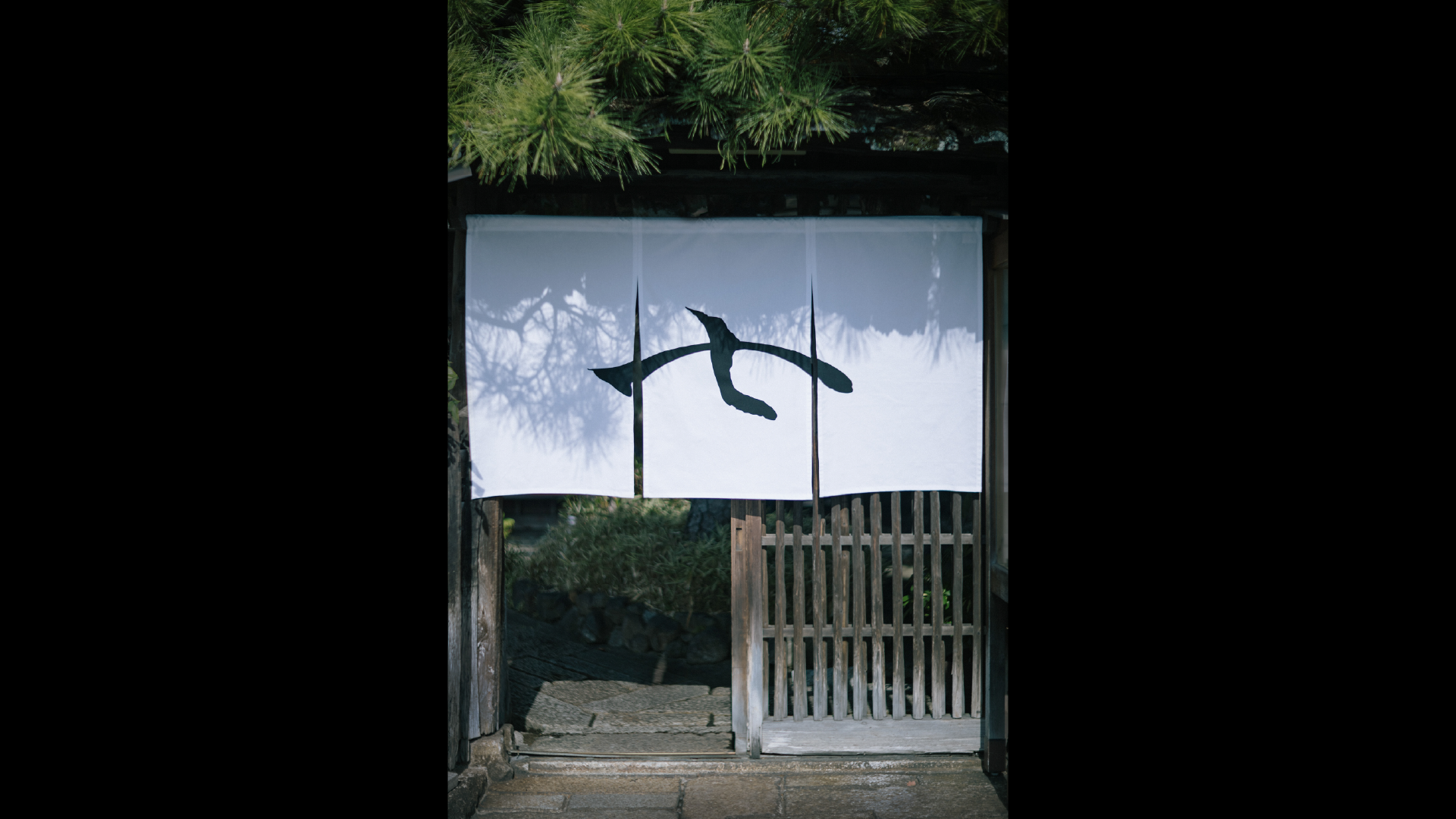
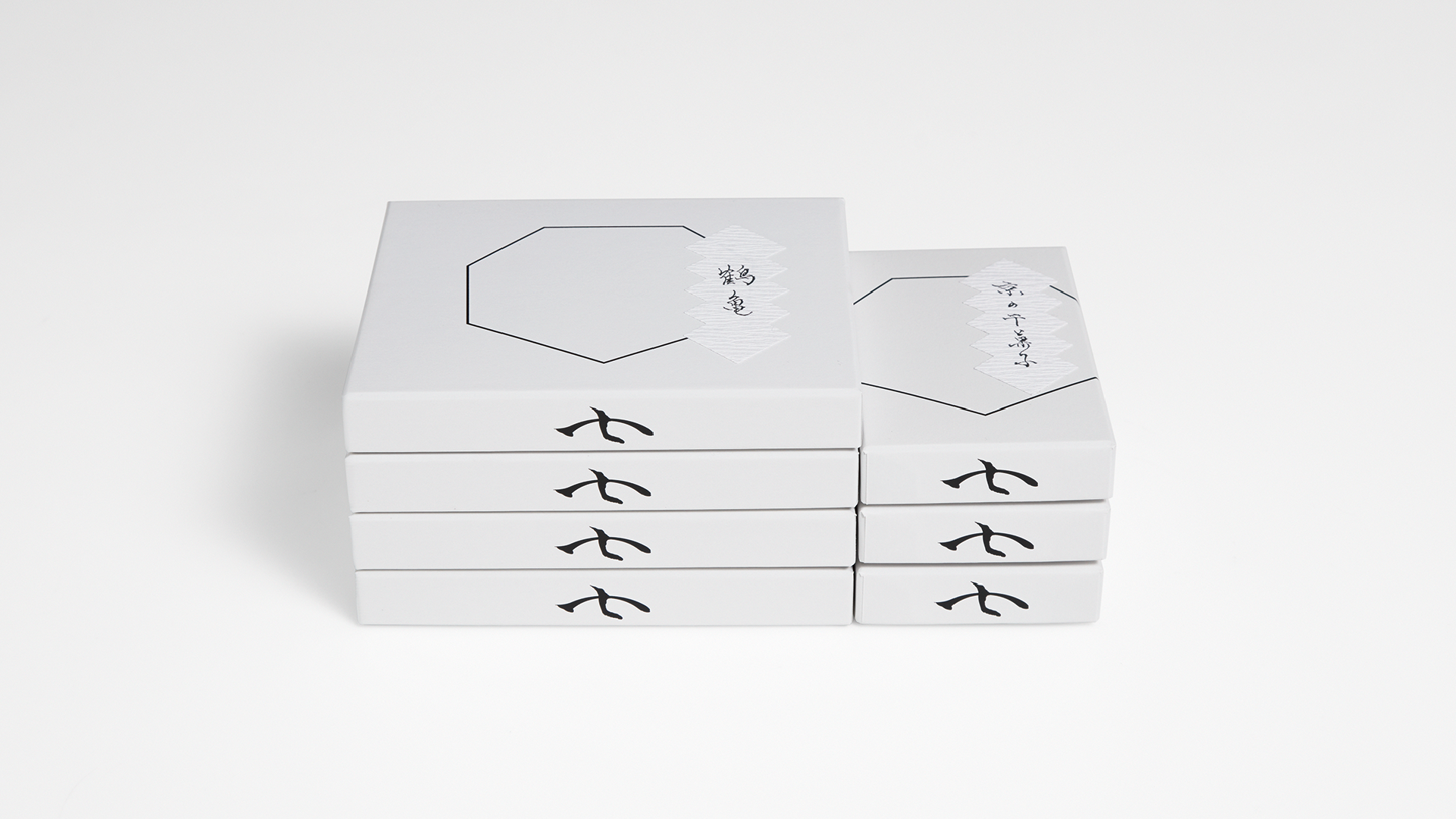
Another iconic project, Sōka Mokka (a skincare brand), communicates its "healthy, plant-based" ethos through botanical illustrations and vibrant hues. Each product line tells a distinct story—some designs depict plants thriving resiliently in harsh environments, while others use yellow and green to symbolize key ingredients like yuzu and olive. Even the seemingly "minimalist" black-and-white line drawings burst with the lush energy of the natural world.
“I love working with my hands—it’s my greatest stress reliever and a constant source of joy.” Sekimoto said, “Moreover, the fact that my work can make a difference, however small, is deeply fulfilling. That’s one of the reasons I fell in love with graphic design in the first place.”
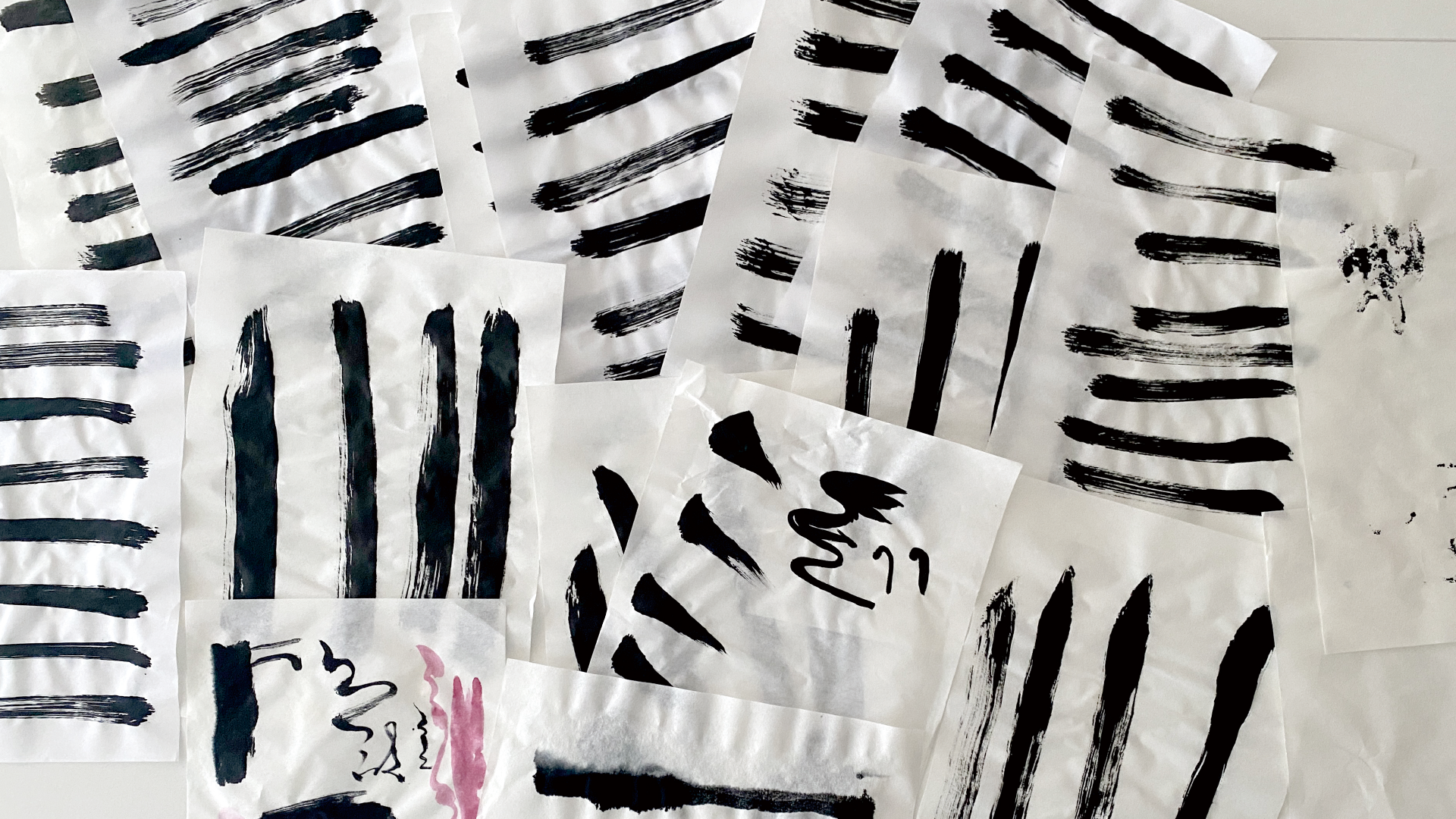
Deep roots with JAGDA for two decades
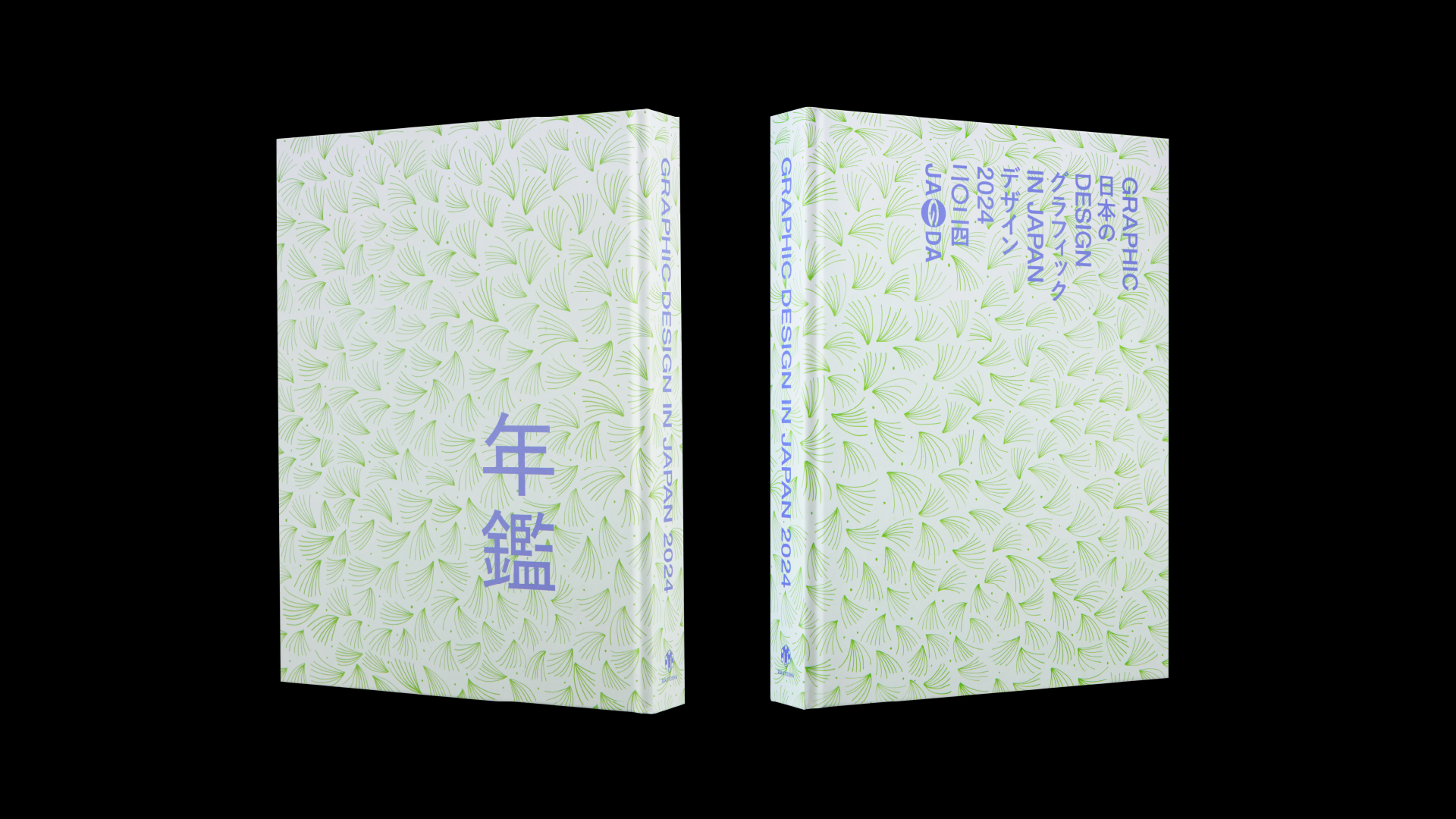
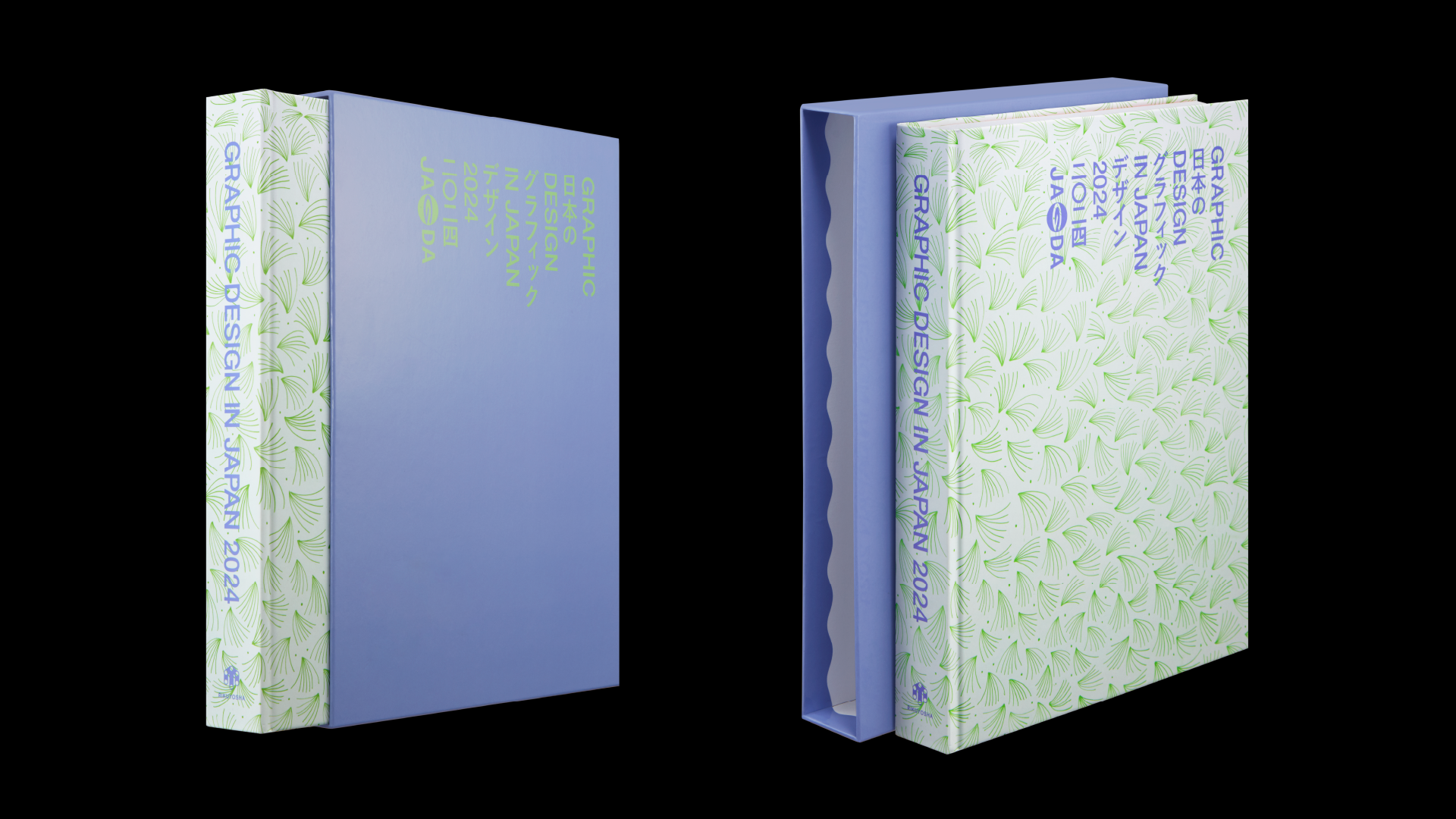
Since its founding in 1978, JAGDA has been a stronghold of Japanese graphic design, significantly helping shape the industry’s standards and advocating for designers’ rights. For the 2024 yearbook design, Sekimoto chose a glossy, mirror-like coating for the cover, reflecting the year’s selected works in the mirror image. And the feather-like motif that spans the cover was hand-drawn by her—a wish for the designs to ride the wind or waves. The interior of the slipcase was adorned with delicate wave patterns, which had a metaphoric meaning for the designs carried forward.
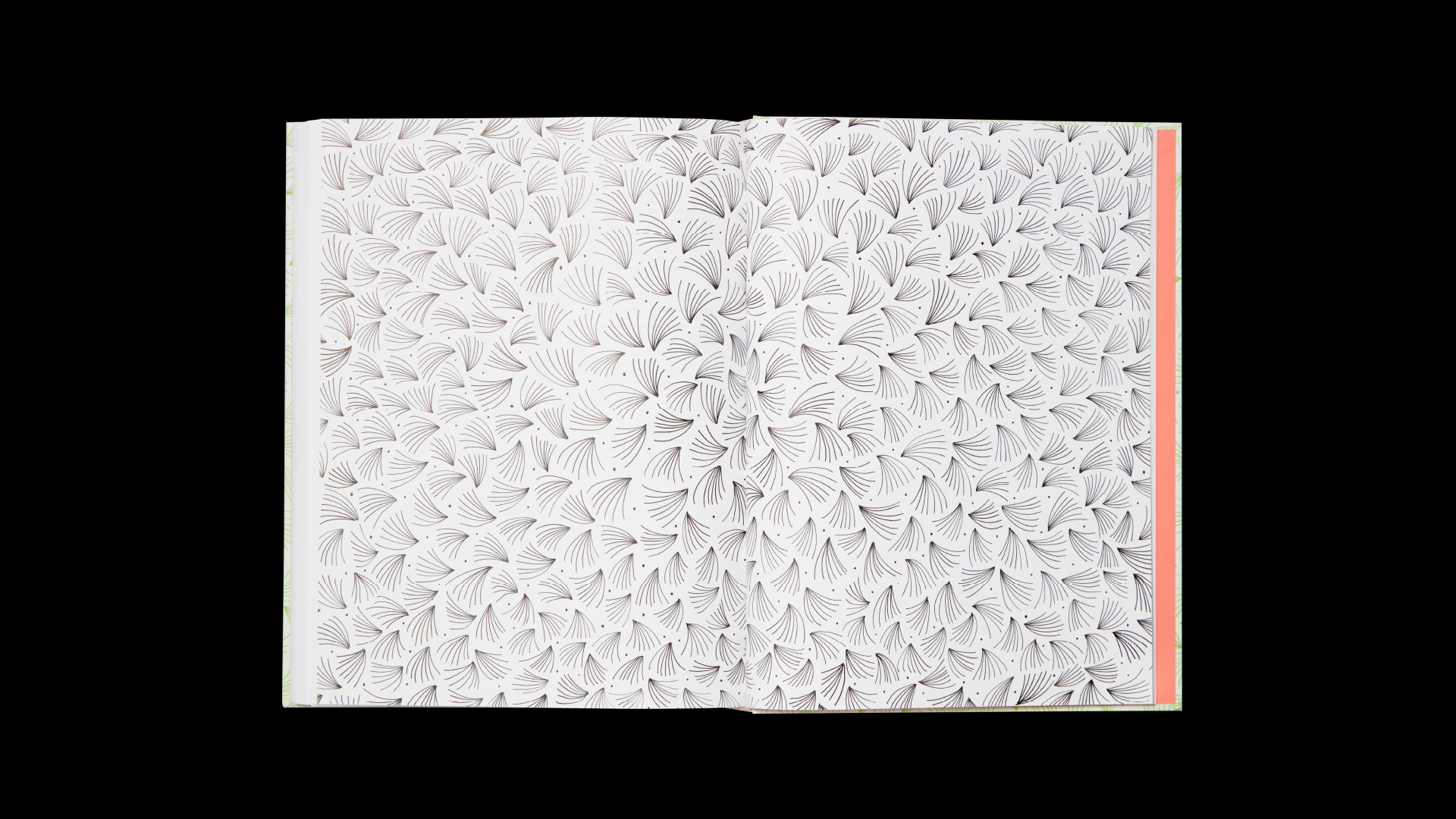
This emotionally resonant design embodies Sekimoto’s aspirations in the field. Reflecting on her 20+ year journey in design, she admits: "I’ve had my ups and downs, and it hasn’t been a smooth ride." For female designers, the path is even more difficult. She cites the 2024 Japan Design White Paper, which reveals a decline in women designers over 40, alongside stagnant income growth compared to their male counterparts.
“I want to continue creating joyfully and benefit all future young female designers. But among all the JAGDA yearbook jurors, only two female designers are older than I am. Such a brutal. reality”
Exchanging Ideas between Hong Kong And Japan Design Fields
Visitors to the Graphic Design in Japan 2024 (Hong Kong Edition) exhibition at PMQ had the rare opportunity to see Sekimoto’s works up close, including her JAGDA 2024 main visual and yearbook designs. Sekimoto’s appearance at the event was even more precious, where she participated in a design dialogue, guided tours, and a yearbook signing session.
Just as she believes JAGDA fosters an environment where designers can learn from and inspire one another, she’s equally excited about the potential of this Hong Kong-Japan design exchange to enrich both creative landscapes.
“I’m eager to hear Hong Kong audiences’ perspectives on Japanese graphic design—how it differs from local work and their critiques of its strengths and weaknesses. Sometimes, examining another design culture helps you see your own more clearly. That awareness can strengthen regional pride while uncovering future creative challenges.”
Regarding the rise of AI, Sekimoto noted that designers must now cultivate a sharper eye for curation and choice. "The path ahead demands relentless observation and the creation of meaningful work. Design is a long game—and it’s far from over."
Graphic Design in Japan 2024 (Hong Kong Edition)
Date | 25.4 - 11.5.2025
Time | 11:00 - 19:00
Venue | The Qube, 2/F, PMQ
Details | https://www.pmq.org.hk/event/graphic-design-in-japan-2024-hong-kong-edition/
Free Admission

